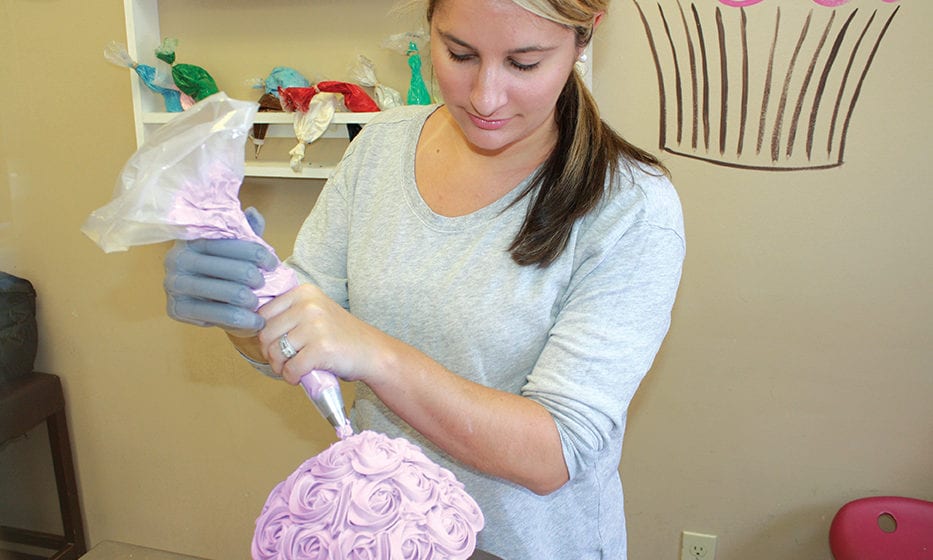By Elizabeth Bokfi
When purchasing private health insurance, prosthetic coverage is something most people don’t think about. Amputees making a claim for the first time may be shocked to find price caps, maintenance restrictions, and frequency limitations written in the fine print. With some artificial limbs costing tens of thousands of dollars, coverage caps coming in as low as $2,500 may fall far short; taking the amount of the deductible (the amount the individual must pay before insurance pays) into consideration, it’s easy to understand the frustration and financial strain many amputees experience during an already challenging time.
Those who were employed before their amputation may find that returning to work boosts their sense of capability and productivity. But what happens if insurance coverage allows a prosthesis with only basic functions that can’t meet your work requirements? For upper-limb amputees, this can be especially problematic should their employment involve extensive dexterity.
On September 6, 2015, an all-terrain vehicle (ATV) accident altered Kaylyn McGuyrt’s life forever. McGuyrt, a professional cake decorator from Wake Forest, North Carolina, completed a photo shoot for Southern Bride & Groom magazine just two weeks before the accident.

“One Sunday while at an ATV park, we drove through a shallow creek bottom,” says McGuyrt. “When we were coming out of the water, the ATV caught on some sand and flipped over on its side. Out of instinct, I stuck my arm out to protect my head, and the ATV fell on my right arm. My arm was 90 percent amputated at the scene. While I was praying for the best, I knew in my heart I had just lost my arm.”
For an artist, losing her dominant right arm was not the only difficult hurdle to overcome—filing an insurance claim and waiting for approval was far more difficult than McGuyrt anticipated. During initial visits to her prosthetist, McGuyrt knew she wanted a Touch Bionics i-limb quantum, a limb that could provide the dexterity required to perform the delicate work involved in elaborate cake decorating; however, her claim was denied. Three appeals later, McGuyrt’s persistence partly paid off when she was granted approval for a less expensive model. McGuyrt estimates the cost of her prosthesis was approximately $35,000, less her $6,600 deductible.
“I ended up getting an older and slower model—the i-limb access,” she says. “It does not have as many different grip patterns or features, but it has gotten me started back at work. Hopefully, someday, I’ll get approved for the one I really want.”
For most amputees, whether their amputation was traumatic or illness-related, returning to “normal” life as soon as possible after surgery is an important component of emotional adaptation. Before the amputation, activities of daily living were performed without a second thought; after the amputation, accomplishing those same tasks can feel like a victory.
Decorating cakes since 2011, after graduating from Johnson & Wales University’s Baking and Pastry Arts associate degree program, McGuyrt didn’t find it easy to start over. Learning to rely more on her left hand for manual tasks involved coloring pictures and practicing writing. McGuyrt was eager to return to work at the bakery where she had been employed since 2014, Sweet Traditions, and renewed her skills by decorating cookies and piping simple phrases such as Happy Birthday.

With Bluetooth capability and iPhone-programmable favorites, McGuyrt’s i-limb is far from a traditional hook and socket prosthesis.
“[It] has five digits that all move,” says McGuyrt. “It also has different grip patterns like a pinch grip that moves just my pointer finger and thumb. I have two electrodes in my socket that allow me to open and close the hand. [Using my left hand] is definitely one of the hardest things I’ve had to cope with since my accident. [It’s] over a year and a half later and I still turn the lamp switch the wrong way or open a water bottle backwards…. I’m waiting and hoping for the day I wake up and start to feel like a natural lefty….”
As with any life challenge, adaptation takes time, patience, and practice. McGuyrt’s determination and passion for creating was certainly helped along by technology. Exactly a year after her accident, Southern Bride & Groom featured three more of her cakes in a second photo shoot for the magazine.
“My accident was in September, and I officially went back to work six months later, in March,” McGuyrt says. “My job is so hands-on and artistic that I thought there would be no way I could go back.”
She is now preparing to complete a bachelor’s degree in food service management from Johnson & Wales. Meanwhile, through a window into “Kaylyn’s Corner,” patrons at Sweet Traditions can watch her creations come to life as McGuyrt continues to challenge misconceptions about disability.
“I think sometimes the new customers are really surprised that an amputee decorates cakes,” says McGuyrt. “I’m just as crafty and artistic as I was before; I just do things a little differently these days. I hope someday people see me as an inspiration and see that just because I’m physically different it doesn’t mean I’m any less capable.”



